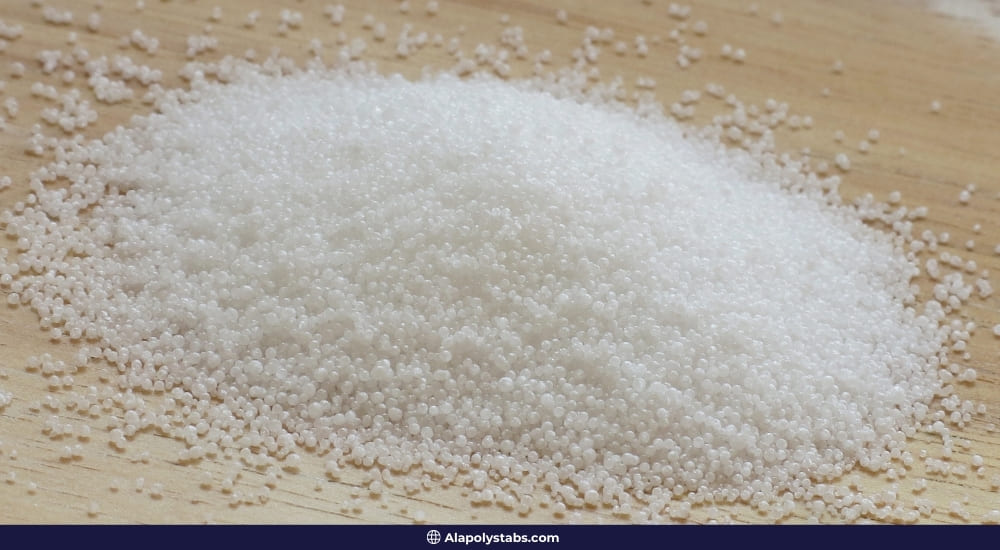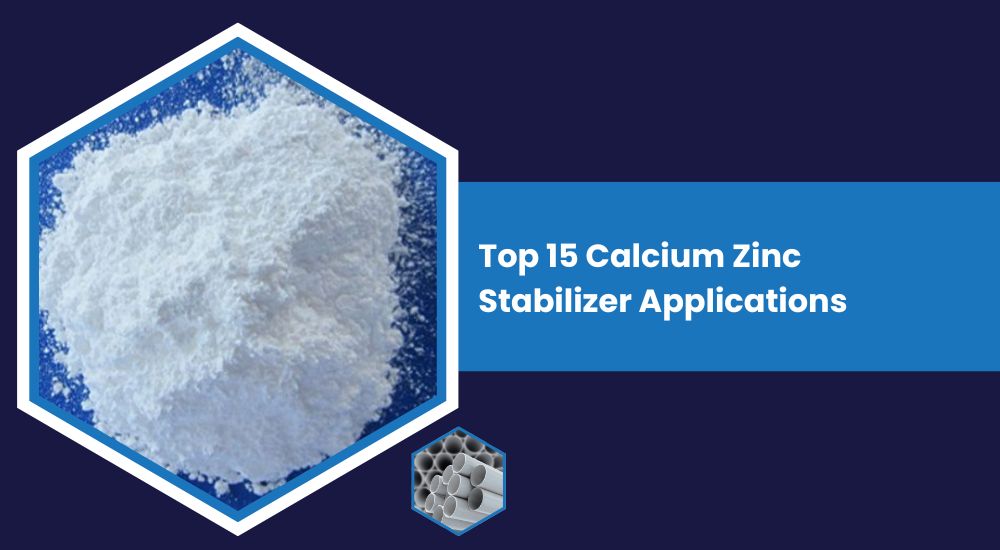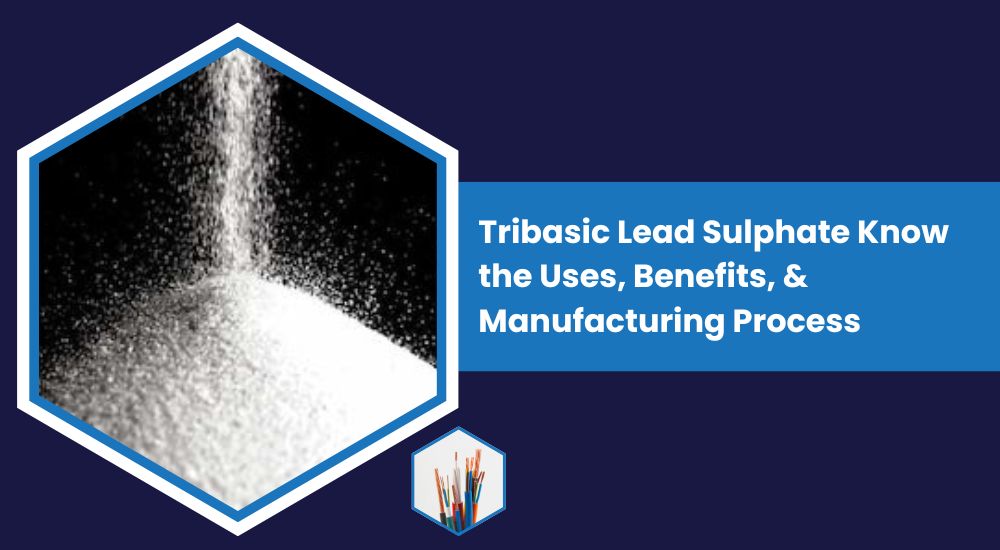
Stearic acid is also a very widely used fatty acid in large areas of business, from cosmetics to foodstuffs, with very broad applications in those and other industries. One of the most important saturated fatty acids, stearic acid is important in the soap industry, skincare products, lubricants, and certain types of foods.
As part of this comprehensive guide, we will walk through what the stearic acid structure looks like, how stearic acid is manufactured, and how it's used in various applications along with its formulation in many products.
Whether you're getting a new start-up view in the world of stearic acid or already are alert and want to expand your knowledge, this comprehensive resource will give you everything you need.
What is Stearic Acid?
Another term for octadecanoic acid is stearic acid. It is one of the saturated fatty acids, with an 18-carbon chain, and is naturally found in animal fats and in plant oils. It is a common fatty acid found in large quantities in cocoa butter and in considerable amounts in shea butter. Stearic acid is solid at room temperature, and its general chemical formula is typically that of a long hydrocarbon chain with a terminal carboxyl group (-COOH).
Stearic acid has a molecular formula C₁₈H₃₆O₂. Due to its properties, stearic acid is very versatile and widely used in the cosmetic industry, pharmaceutical industry, food industry, and even industrial use.
Stearic Acid Formula Structure
The chemical structure of stearic acid can be broken down as follows:
- Molecular formula: C18H36O2
- IUPAC name: Octadecanoic acid
- Chemical structure: Stearic acid consists of a long hydrocarbon chain of 18 carbon atoms, 36 hydrogen atoms, and 2 oxygen atoms. The chemical structure is CH3(CH2)16COOH.
In this structure:
- CH₃ is the methyl group at one end of the molecule.
- (CH₂)₁₆ is the long hydrocarbon chain which consists of 16 methylene groups.
- The carboxyl group is COOH, which features in almost all fatty acids, giving this molecule its acidic properties.
This structure makes the stearic acid solid at room temperature but also gives it emulsifying and surfactant properties in formulations.
How is Stearic Acid Produced?
Stearic acid primarily comes from animal fats and plant oils. In the process, there is saponification where fatty acids are separated from triglycerides the main components of fats and oils. A general overview of this process follows:
- Extraction from Natural Sources: Stearic acid is obtained by the extraction process from fats and oils that are rich in stearic acids, for example, animal fat called tallow, palm oil, and cocoa butter. The raw materials are then processed to isolate the stearic acid.
- Hydrolysis: In the hydrolysis reaction, triglycerides (fats) are hydrolyzed by heating in water to produce glycerol, fatty acids, and stearic acid.
- Purification: The purified stearic acid obtained may require some form of distillation or crystallization that will remove the impurities and form a highly pure final product. Typically, the purified stearic acid formed is a waxy, white solid.
- Fractionation: Stearic acid can then be further processed via fractionation, depending on the specific concentrated forms intended, or to separate it from others that might share the same fatty acids, such as oleic acid, where such might exist in the same source of fat.
This final product may then be used in soap making, cosmetic formulation, or even food manufacturing.
Stearic Acid Uses
Stearic acid has multiple and varied industrial uses. Some of the most common applications are listed below:
Cosmetic and Personal Care Products
Stearic acid is widely used in the cosmetic and personal care market due to its ability to serve as an emulsifier and stabilizer, among other things. It further benefits these formulations by improving their textures or feels, such as lotions, creams, and balms. Some applications in this industry include:
- Emulsifier: It functions as an oil and water blend in emulsions such as lotions and creams that prevent them from separating.
- Thickening Agent: It is used to thicken preparations such as body lotions, shampoos, and deodorants.
- Surfactant: It acts as a mild surfactant that supports the foaming action in preparations such as facial cleansers and shampoos.
- Conditioner: It is mainly added to hair care preparations for its conditions and moisturizes hair and scalp.
Soap Making
Stearic acid is one of the oldest uses of stearic acid. It has been traditionally used in making soap. A solid soap is formed when this fatty acid is mixed with a corresponding alkali, usually sodium hydroxide. It contributes to the hardness and the long duration of the soap bar. It contributes to the richness and stability of the lather as well. Hence, among the most commonly used soap ingredients in commercial soap and homemade soaps.
Food Industry
Even though stearic acid is mostly applied non-foodwise, it is added to foodstuffs as an emulsifier and stabilizer. The FDA has given stearic acid a Generally Recognized as Safe status in its food additive applications. Present uses of stearic acid in food applications involve the following:
- As an emulsifier: The stearic acid is used to prevent separation, therefore keeping margarine and other processed foods smooth in texture.
- In confectionery: It is used for confectionery purposes in candy and chocolate products where it helps in the formation of smooth textures.
- As a processing aid: It is used to enhance the quality and uniformity of food products during food processing.
Pharmaceutical Industry
Stearic acid is also an excipient used in tablet formulations in the pharmaceutical sector. It serves as a lubricant, thereby preventing the tablets from sticking to the machinery during production. It also favors controlled-release formulations such that the rate at which the active ingredients are released in the body is modified.
Industrial Applications
Stearic acid has various industrial applications that include being used in the manufacture of lubricants, plasticizers, and rubber. Among the common industrial uses of the compound include the following:
- Oil Lubricant: This is used for the production of lubricating products used in several metal-working industries, among other industrial manufacturing.
- Plastic Additive: It is a stabilizer and lubricant in the plastics' production process to make the processing of plastic materials smooth and the performance of plastic products excellent.
- In Rubber: Stearic acid also enhances the processing of rubber compounds during the manufacturing of rubber.
Candles
It is used to harden the wax during its production, thereby making the candle using stearic acid, look more complete. It also helps prevent what's known as the "wet spots" phenomenon and makes the candle burn straight.

Benefits of Stearic Acid
The following are the benefits offered by stearic acid, based on use:
- Being a mild surfactant and emulsifier, stearic acid can be applied to improve the texture and hydration of the skin. For this reason, it forms an important ingredient in lotions and creams.
- Stearic acid stabilizes and thickens products cosmetics or food-from the goodness of texture.
- Now it makes soaps have a superior quality of scum, hardness, and durability, which will be there for a more protracted period.
- Since stearic acid is a natural product, it is biodegradable and poses relatively lesser environmental risk compared to most synthetic chemicals.
Conclusion
Highly versatile compound used for a variety of purposes in different industrial applications Stearic acid is considered very crucial in the field of personal care. It is important in the production of food, pharmaceuticals, and also in industrial applications as well.
Whether you are crafting a skin care product, soap-making, or even manufacturing lubricants, you will appreciate this ingredient more if you understand the structure of its stearic acid formula, know how it's manufactured, and know which uses stearic acid is applied to.
If your company engages in business with any industry that utilizes stearic acid. I would recommend reading this blog so that you will understand deeply and clearly its many benefits and applications and be better informed to make decisions on the application and integration into your products.
Frequently Asked Questions
Is stearic acid environmentally friendly?
Biodegradable and environmentally friendly when sourced from renewable plant oils. It is much safer for the environment than many synthetic chemicals commonly used in industrial applications.
Is stearic acid natural or synthetic?
Stearic acid can be of both natural and synthetic origin. Natural sources include animal fats and plant oils, such as palm oil and cocoa butter. It can also come from synthetic sources.
Is stearic acid used in food products?
Yes, stearic acid is used as a food additive in processed foods, especially as an emulsifier in products like margarine and chocolate. Food safety authorities consider it safe within permitted limits.
Can stearic acid be used in homemade soap?
Yes, stearic acid is commonly used to improve soap stability and lather quality, helping bars last longer and feel smoother.
Is stearic acid safe for the skin?
Stearic acid is generally regarded as safe in cosmetic formulations. As a natural fatty acid found in plants and animals, it is moisturizing and conditioning for the skin.



